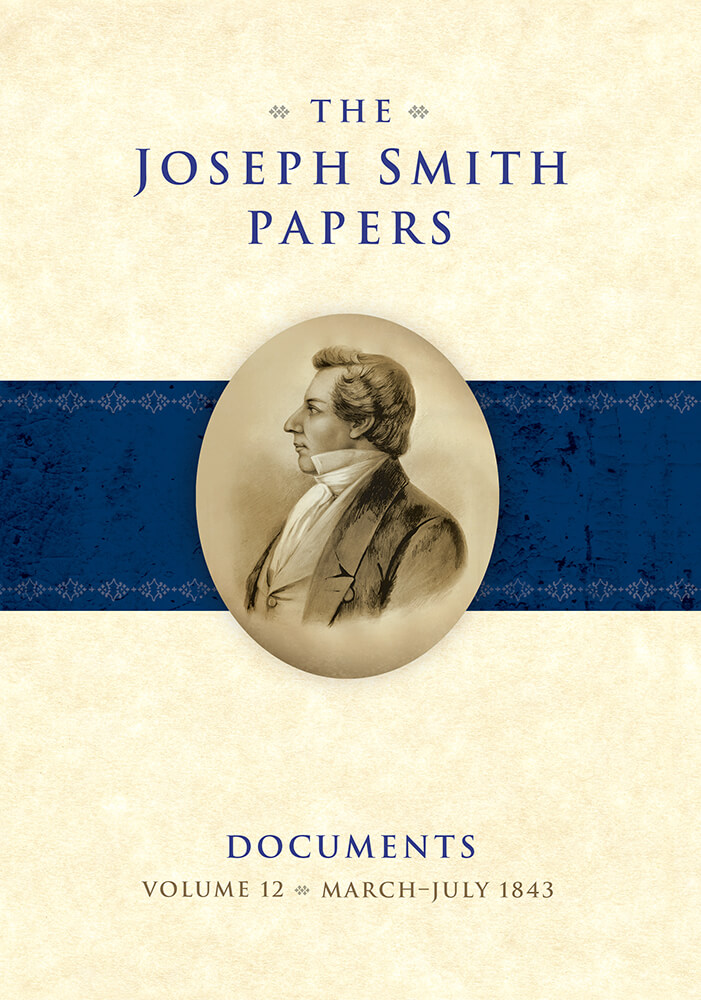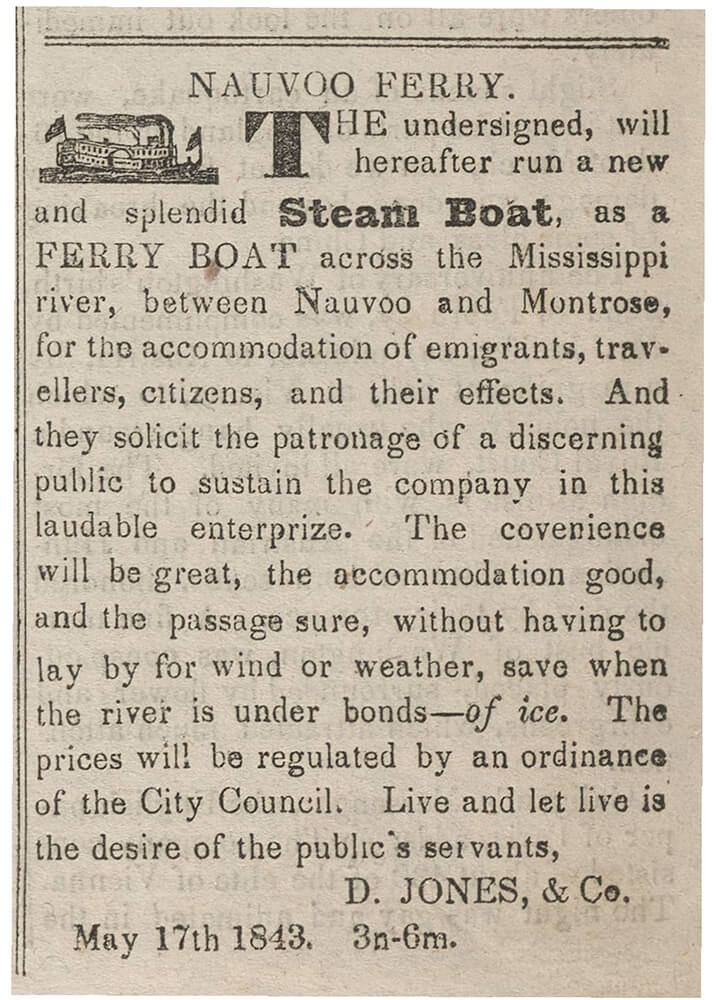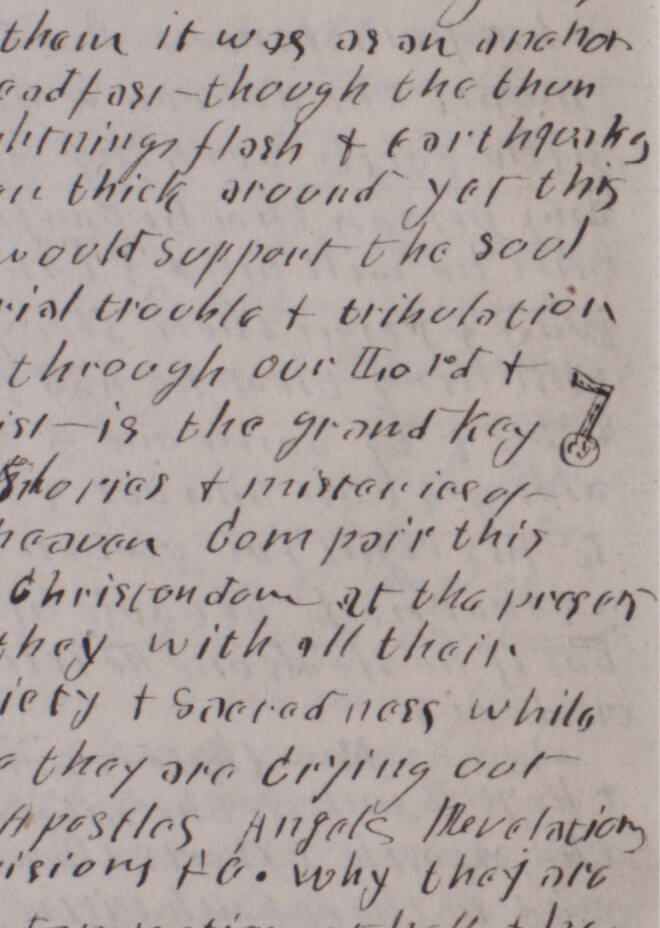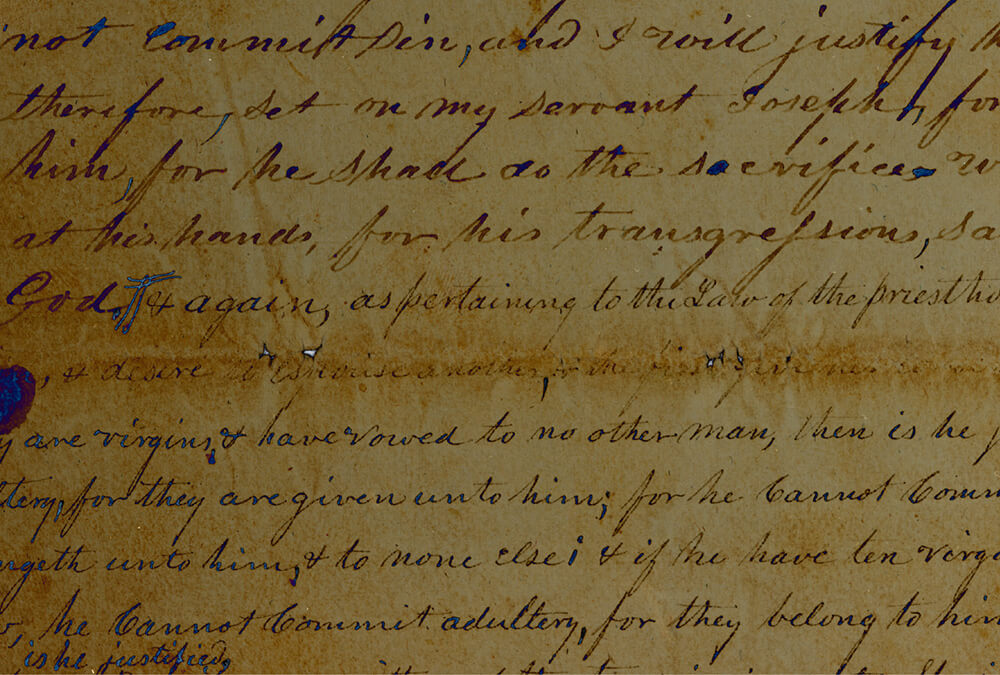The final few years of Joseph Smith’s life reveal a man with many responsibilities: religious, familial, and civic. The editors of Joseph Smith Papers, Documents: Volume 12: March-July 1843 (D12) make that abundantly clear in their outstanding volume and give researchers the tools they need to understand better the historical contexts of antebellum America and Latter-day Saint Nauvoo. However, I also felt like I came to know Joseph Smith the person from the 96 documents organized and annotated in D12. In their introduction, they quote Joseph Smith as saying, “when a man is reigned up continually by excitement, he becomes strong & gains power & knowledge.” Smith was never content to operate in one role alone; he saw himself within communities and as a society-builder. Zion, to Smith, was the “pure in heart,” but it was also comprised of people.

In a meeting introducing the volume, the editors introduced four major categories of documents in their recent publication. First, Joseph Smith’s continued legal concerns with the state of Missouri. During early-mid 1843 he reckoned with the state seeking his extradition and accusing his boyhood friend and bodyguard Porter Rockwell of Lilburn W. Bogg’s attempted murder. As Alex Smith shows in his article “Untouchable: Joseph Smith’s Use of the Law as Catalyst for Assassination” and Benjamin Park shows in Kingdom of Nauvoo, the Latter-day Saint prophet’s legal maneuverings, especially with his use of habeas corpus writs, had long-lasting effects on Smith’s last months. Smith’s legal and religious power melded together in Nauvoo—and perceived abuse of one sphere led to accusations of unethical behavior in the other.
Joseph Smith also worked to bolster the organizations and power of Nauvoo, Illinois, including the organization of the Nauvoo Legion (look for more on this in Spencer McBride’s forthcoming book). Smith also worked as his city’s mayor, served as justice of the peace, oversaw newspaper coverage, oversaw land deeding, and operated a ferry service. He spoke at length about building the Nauvoo Temple and the Nauvoo House. The Latter-day Saint prophet loved being busy and loved being involved in his followers’ lives and made efforts to publicize his decisions via newspapers and tracts. In this way, he created a print record of what he said and controlled the message he shared with the world. His followers in Illinois, New York, England, and elsewhere also had access to his words and decisions.

Editor Jessica Nelson also shared material on the influx of people to Nauvoo, revealing just how little some immigrant converts knew about the United States when they moved to the Midwest. For instance, convert Harrison S. White sent a letter to Nauvoo, Missouri, rather than Nauvoo, Illinois. Highlighting this mistake isn’t to make light of someone’s (lack of) geographic knowledge, but to show how quickly Nauvoo became a point of interest for people around the world. There’s certainly something to be said about what the “idea” of Nauvoo was (and is), but it’s critical to remember that it wasn’t always based off of firsthand knowledge.
D12 also documents more than twenty sermons delivered by Joseph Smith. As the editors informed me last week, Willard Richards’ and William Clayton’s diary-keeping made this possible, primarily as they acted in their capacity as Smith’s secretaries. They kept contemporaneous notes which give scholars and Latter-day Saints alike better access to Smith’s words. As editor David Grua said, Joseph Smith came out of hiding from Missouri’s failed extradition attempts eager to be back with the Saints and to speak to them. He noted that Smith similarly increased his preaching after his confinement in Liberty Jail, as well. I would speculate that Smith’s time alone granted him time to work out theological concerns, consider the implications of his earliest teachings, and gain confidence in what he had determined to be the right course of religious action.

D12 also contains the earliest copy of what is now canonized in The Church of Jesus Christ of Latter-day Saints as Doctrine and Covenants 132. Editor Robin Jensen shared their process for putting the document under spectral imaging to attempt to locate new material or texts for researchers to understand and examine. The imaging did not add new text to the source but speaks to how technology can aid researchers in better understanding the documents they use to make arguments.

Readers will learn a wealth of information from D12. For those who study the Nauvoo period, it will be indispensable to their research and publications.
Comments
Be the first to comment.